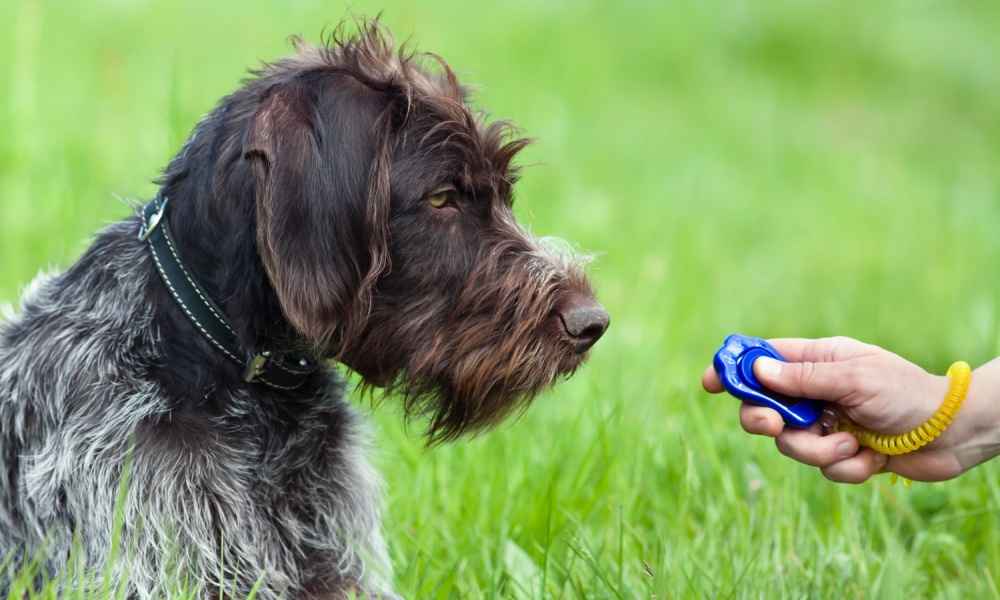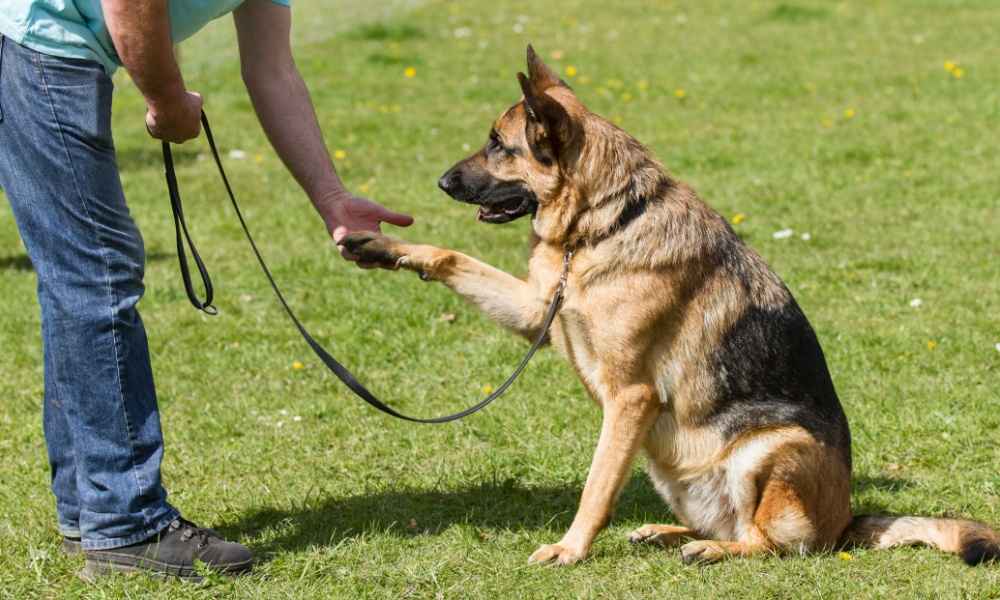Clicker Training vs. Traditional Training
If you search the internet for dog training methods and techniques, you will find that there are more forums, videos, and blog posts than you could ever count.
With all of these options available, it can be tough trying to work out which of the training options is best for you and your pooch.
The two main types of training that you are bound to come across are clicker training and traditional training. Each camp will claim that their training gets much better results faster while causing less anxiety and stress to your dog.
We are going to take a look at clicker training and the various options for traditional training so you can know the differences between the two. This way you can decide which method is best for you and your pup.

Clicker Dog Training
A great way to teach you pooch how to behave as well as do tricks is through a training method called clicker training. The best part of clicker training is that it is really simple. Like humans, dogs will repeat behaviors for which they receive rewards and will avoid any that reap no benefit. You don’t have to be an amazing dog trainer to use clicker training, and your pooch will quickly learn how to behave.
A big benefit is that your dog works out that they are responsible for the outcome. This empowers and encourages them to behave well to get a treat. It also teaches them to enjoy being trained because of the clicker ‘game’ being used to talk to one another.
Clicker training lets your pooch come across good behaviors in a natural way. They will do a lot of ‘wrong’ things before they will sit by mistake, and then they will receive a reward. They will believe that they get a reward for guessing and performing the right behavior. The more wrong behaviors they attempt, the faster they learn what does not work.
When your dog does the right behaviors, you click the clicker immediately and follow it with a reward to reinforce the good actions. Clicker training just lets your pooch understand that what that do is right.

Traditional Dog Training
This type of training normally involves using different types of collars (most commonly the shock collar) as well as positive rewards training.
Shock Collar
Pinch collars used to be the standard before shock collars, but they were tricky when it came to properly admonishing your dog. Because of this, trainers developed shock collars which help your dog understand the behavior that has caused the reprimand as it responds quickly. You attach a shock collar to your dog’s neck like a normal collar.
When you push the button on the remote, a gentle shock will be administered through the collar. The shock will not hurt your dog but rather startles them. This will allow you to associate negative behaviors with them receiving a shock.
Positive Reward
In stark contrast to a shock collar which uses negative punishment, this type of training relies on positively rewarding your dog for doing desired behaviors. This technique is well-suited to mild-mannered breeds as well as puppies.
With this training, you ignore your dog or walk away when they behave badly, and reward them with a treat, praise, or a pat and a rub when they perform positive behaviors. It is important to note that this type of training is typically ineffective for dogs that need more than positive rewards to convince them out of a negative behavior.
Clicker Training vs. Traditional Training
Traditional positive reward training and clicker training are very similar in that they reward the good while ignoring the bad. This means you do not stand the risk of making your pup scared of you.
However, when comparing clicker training to shock collar training, it is easy to see where the debate starts. One is based on positive responses to positive behaviors and the other is based on negative responses to negative behaviors.
FINAL VERDICT
When it comes to training your pup, your personal preference will typically take lead. Clicker training and positive reward training are far more encouraging, preventing fear from being instilled into your beloved pooch. However, some dogs do not respond to positive reinforcement and need to be literally ‘shocked’ out of their bad behavior.
Which one you select will come down to your dog’s behavior and manner as well as the degree of their bad habits. Starting with clicker training or positive reward training may be best, reserving shock collar training for only if you need it.

